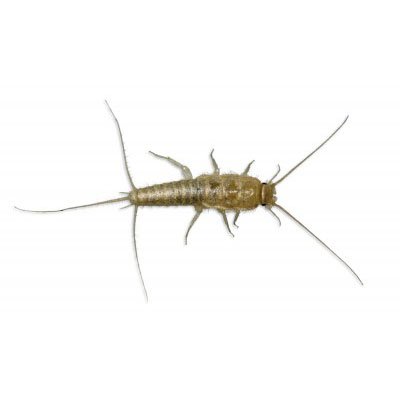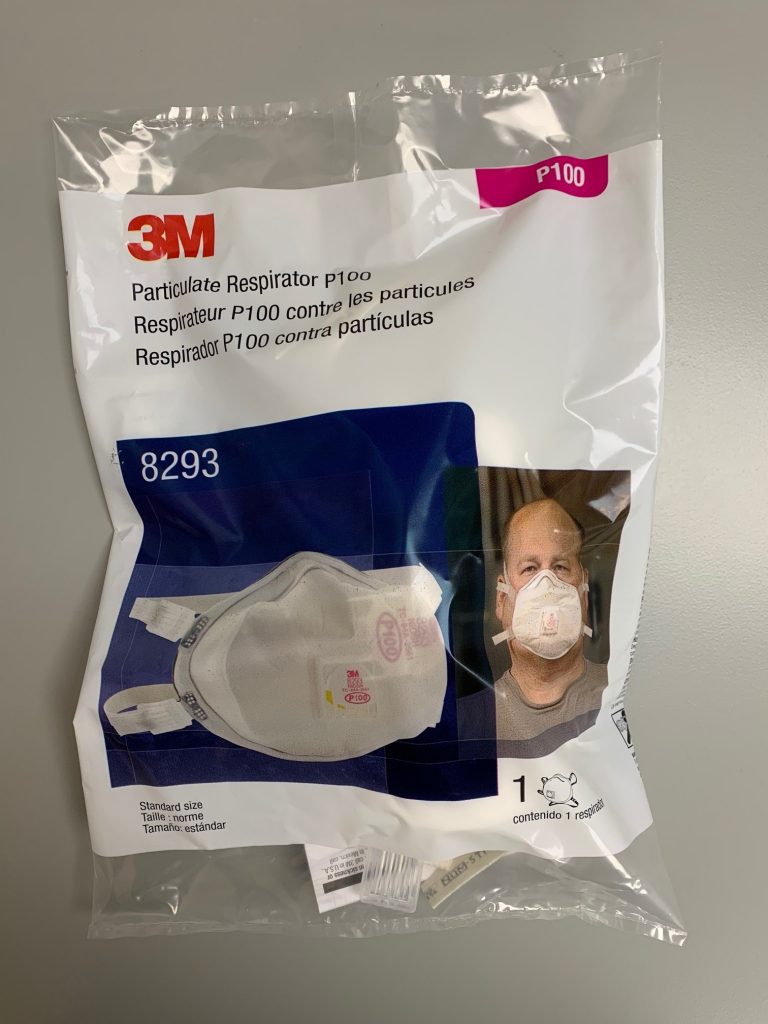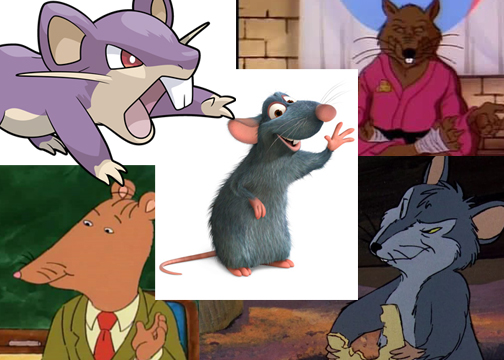
Sometimes referred to as bristletails, silverfish are widely distributed in the United States and Canada. Other insects in the silverfish family are the firebrat, four-lined silverfish and the gray silverfish. Silverfish are primitive, wingless insects. The young are very much like the adults except for size. Adults are between ½” and ¾” (not including the tails). As they get older, distinguishing coloration develops. They range from silvery to gun-metal to almost black in colour. The bodies are teardrop shaped, tapering from head to rear. The eyes are small, compounded and wide-set. This species also has silver scales covering its body, giving it a silvery appearance.
Biology
Silverfish can live for long periods of time. They also molt continuously throughout their life, which may be up to eight years. Silverfish need to mate after each molt so that the female can lay fertile eggs. Females lay eggs in small batches of up to 50 depending on the species, but they generally lay less than 100 eggs during their life span. For this reason, infestations develop slowly. Populations do not build up rapidly. A large infestation in a structure indicates it has been infested for a long time.
Habits
Depending on the species, the habits and habitat of the silverfish may vary considerably. In general they are free living and can be found indoors or outdoors. They prefer warm temperatures and moisture (new construction, water pipes, etc.) The insects are active at night and move quickly.
Control Methods
In general, temperature and humidity control or lighting in certain areas will reduce populations. Residual sprays can be used in cracks and crevices and around baseboards, drawers, and furniture. Attics and crawl spaces may also be treated – remember the habits of the particular insect involved. Space sprays, fogs, and aerosols may help eliminate problem infestations. Dusts in wall voids and pipe chases give particularly long-term control.

5 Natural Remedies to Combat Spiders
Spiders are one of the most annoying pests in our homes. In some cultures, spiders are even associated with evil spirits. In general, spiders can be useful as they serve as a natural deterrent to other insects due to their predator-prey relationship with them. However, some harmful spiders like the Black Widow or Brown Recluse…

Hantavirus Guide: 10 Steps to Safely Clean-Up After Rodents
Put on disposable clothing and gloves.Put on goggles and disposable respirator mask and test the mask for proper fit (ensure goggles effectively protect eyes and do not interfere with the seal of the respirator).Mix disinfectant solution in spray bottle.Gently spray droppings/rodent nesting materials with the bleach, ensuring they are completely soaked – AVOID CREATING DUST.Allow…

Hantavirus Guide: Six Steps To Properly Fitting Your Respirator
The Centre for Disease Control and National Institute of Occupational Safety and Health recommend the use of HEPA (P100) quality filters for respiratory protection against the Hantavirus. Respirators come in various sizes and it is important to use a respirator that has been fitted to your face. It is very important that workers are aware…

Top 5 Fictional Rats: How They Compare to Real-Life Rats
To celebrate 2020 being the Chinese year of the rat, we will be posting one blog per month dedicated to rats! Here is April’s blog post, ‘Top 5 Fictional Rats and How They Compare to Real Life Rats’. Remy the Rat Remy is a rat from the popular Disney/Pixar movie, Ratatouille. This is a tale…

